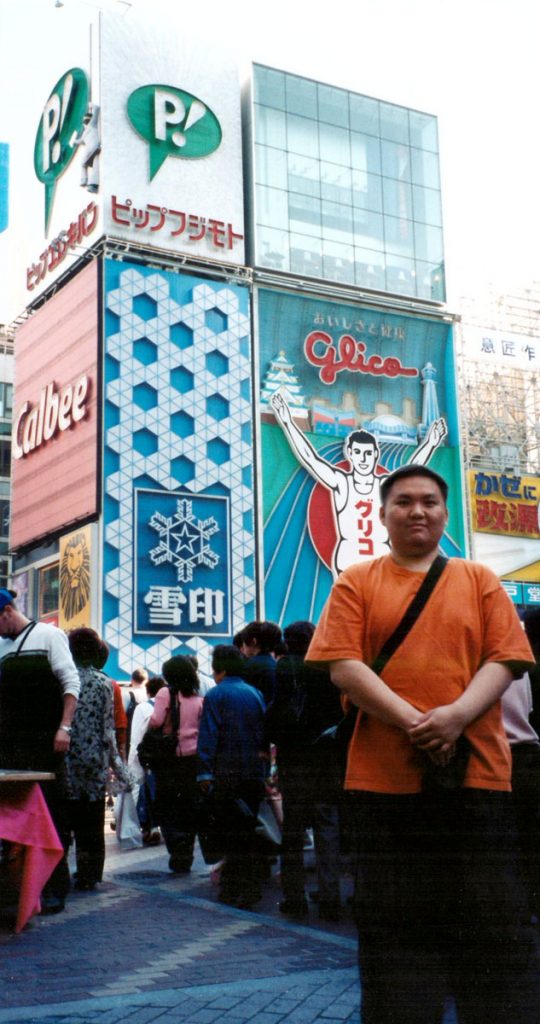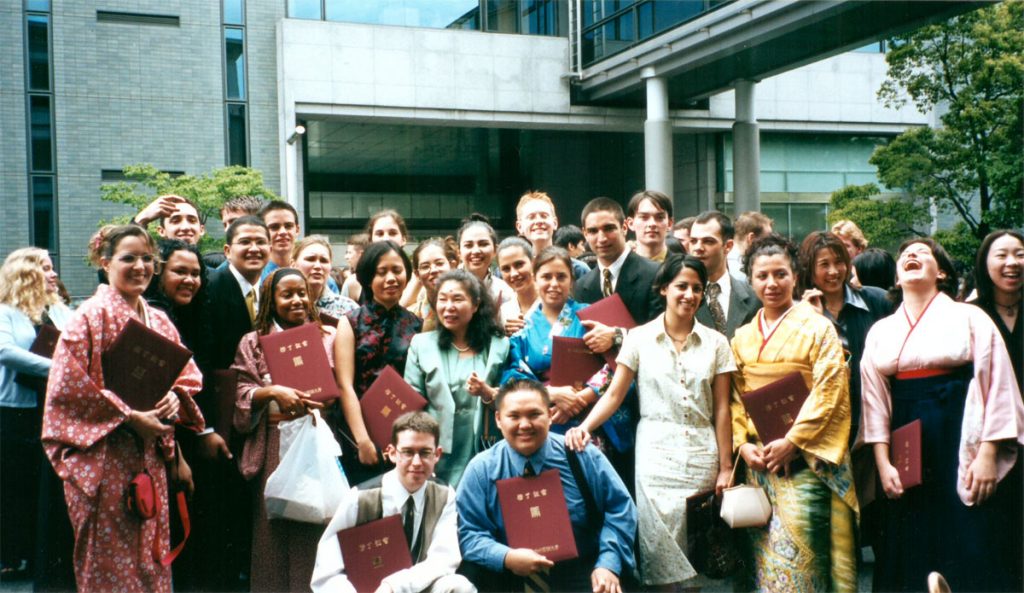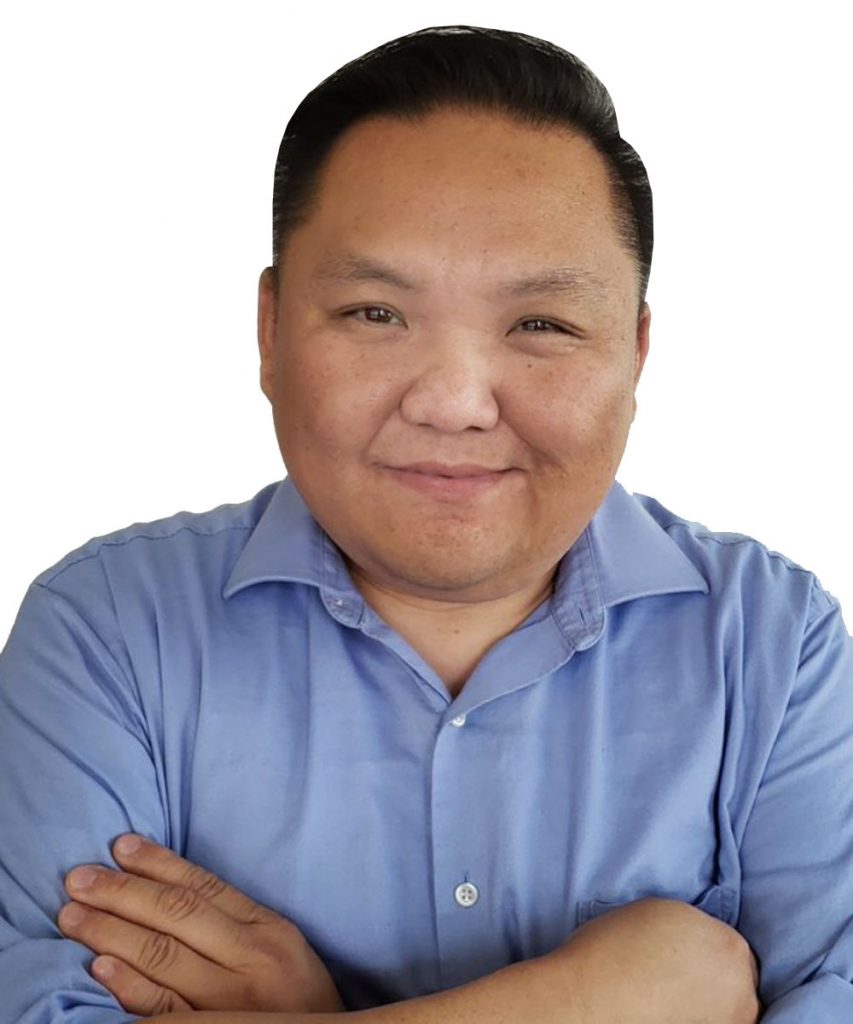St. Olaf College provided me with myriad tools, resources, and opportunities to explore and find my path in life.
College is comprised of required components from choosing classes, actually attending a college course, navigating campus, balancing schedules, adjusting to campus life, or learning how to live with people; each twist and turn was not only about meeting mandatory objectives or learning about a topic or life skill. Without knowing it, I also learned about myself — my strengths and weaknesses, my likes and dislikes, and my base and limits. For each step I took, there were also moments of curiosity and reflection, time to pause, and the ability to play. There were boring days and exhilarating days, things to look forward to and things I wanted to avoid, and yet at the beginning and end of each day, I had to look in the mirror, be real with myself and my place in the world, and learn who I am and was becoming.
“There were boring days and exhilarating days, things to look forward to and things I wanted to avoid, and yet at the beginning and end of each day, I had to look in the mirror, be real with myself and my place in the world, and learn who I am and was becoming.”
Life on the Hill as a first-generation Hmong American college student was also an integral part of my St. Olaf College story, and helped me forge my path in life. For the first time, I was away from my parents, family, and community for an extended period of time, completely on my own. I was very fortunate to have found a small community of Hmong friends who became an extended family, even to this day more than two decades later. We spoke in Hmong language together, talked about “Hmong things” with easy acceptance (without additional explanation), met up at the cafeteria for meals, shared traditional foods at informal gatherings when we “weren’t feeling” caf offerings, studied, navigated college life in a small town, faced challenges, celebrated special days, formed our own student organization called the Hmong Awareness Group, dreamed up and executed events, and supported each other in order to survive our individual and collective journeys together.
We were also aware that beyond our Hmong network, our social circles also overlapped with other Asian students, other students of color, and international students. Together, we built our own community. We were all that we had in those precious days, as we were taken under the wings of senior Hmong siblings, to eventually reciprocate for incoming new students. We learned how to dream, to define purpose, to support each other and ourselves, to use our voice, to execute vision, that it is okay to make mistakes and ask questions, to be agile and dexterous in the face of adversity, that not every day may be a win but that every moment was a learning opportunity, and how we get back up is just as telling as how we perform.
“Life on the Hill as a first-generation Hmong American college student was also an integral part of my St. Olaf College story, and helped me forge my path in life. For the first time, I was away from my parents, family, and community for an extended period of time, completely on my own. I was very fortunate to have found a small community of Hmong friends who became an extended family, even to this day more than two decades later.”
I also fondly reminisce on participating in a St. Olaf College tradition: studying abroad. I didn’t know it at the time, but this was a special opportunity for me to see what I was made of. After two and a half years of life on the Hill, I made the decision to study abroad in Japan. I had befriended international students from Japan since high school, becoming infatuated with Japanese language, food, and culture, and wanted to satiate my curiosities and make connections. I went into the experience thinking I would get to learn about this culture I had been fascinated with for so long, when in reality I also learned a great deal about myself. Far away from the comforts of home, let alone my found family on the Hill, I felt as though I was suddenly thrust onto the bustling streets of metropolitan Osaka to fend for myself. In hindsight and all honesty, my first few days were spent timidly testing my boundaries and wondering if I had made the right decision. Too proud to admit that and without familiar arms to fall apart into, I somehow found a way to continue to take steps and go further beyond my comfort zones.
I now look back on my time in Japan and laugh, but I also encountered some heavy stuff there. It was my first time outside of the U.S. Now on this global scale, suddenly my identity was a topic of interest. I was being called American and being categorized as an American, which was conflicting because at times in the face of racism I was made to feel foreign in my own country. I had always thought that being Hmong was my strongest identity, but now in Japan, there was even less familiarity of Hmong people (compared to Minnesota). The subject of my ethnicity puzzled everyone from Japanese people who thought I was Mongolian, to other students from Asian countries attempting to fathom my background, to students who were just not aware of Hmong people, and even to professors who only had an academic or anthropological “National Geographic” frame of reference familiarity with Hmong people. And there I was in the flesh, but only resonating as American.
I went so far as to develop language and explanations in both Japanese and English to explain who I am, what Hmong is. However, at the end of the day, it was my character and eventual willingness to dive into life in Japan with abandon that helped me permeate social circles and connect with my peers. It wasn’t that I abandoned my strong Hmong identity or fought against being cast as American. Instead, they became minor initial hurdles to get through so that relationships could blossom. Those who wanted to know more about Hmong things, asked. Those who wanted to learn about my favorite musician, asked.
Japanese society also yielded another unintended result: an appreciation for and a deeper commitment to Hmong language, identity, and culture. Seeing a singular culture, language, and society thrive — from developments in language, to having both traditional and modern culture, to even things such as bus drivers and Japanese currency — all of it showed me what Hmong people lacked since we are a people without a singular nation, always a minority within a majority culture, assimilating and adapting to the dominant mainstream culture and language wherever we are. Instead of just feeling inadequate by seeing these things, it fueled my desire to build the infrastructure for Hmong language and culture to thrive wherever home is, and know that I could.
“Japanese society also yielded another unintended result: an appreciation for and a deeper commitment to Hmong language, identity, and culture.”
Though not all of my questions were answered in those four years on the Hill, my time at St. Olaf College was like a map with a start and end. How I got to the end of my time was all up to me. I was the one to take each step and make the journey my own; no one was going to do that for me. However, the various experiences, decisions, consequences, and lessons learned or not, are the foundation from which I continued life beyond the Hill.
I have found my calling as a storyteller, communicator, and linguaphile, thanks in part to my experiences at St. Olaf College. I love that these lessons learned will not only stay with or benefit me, but I hope they will be a part of my legacy.


